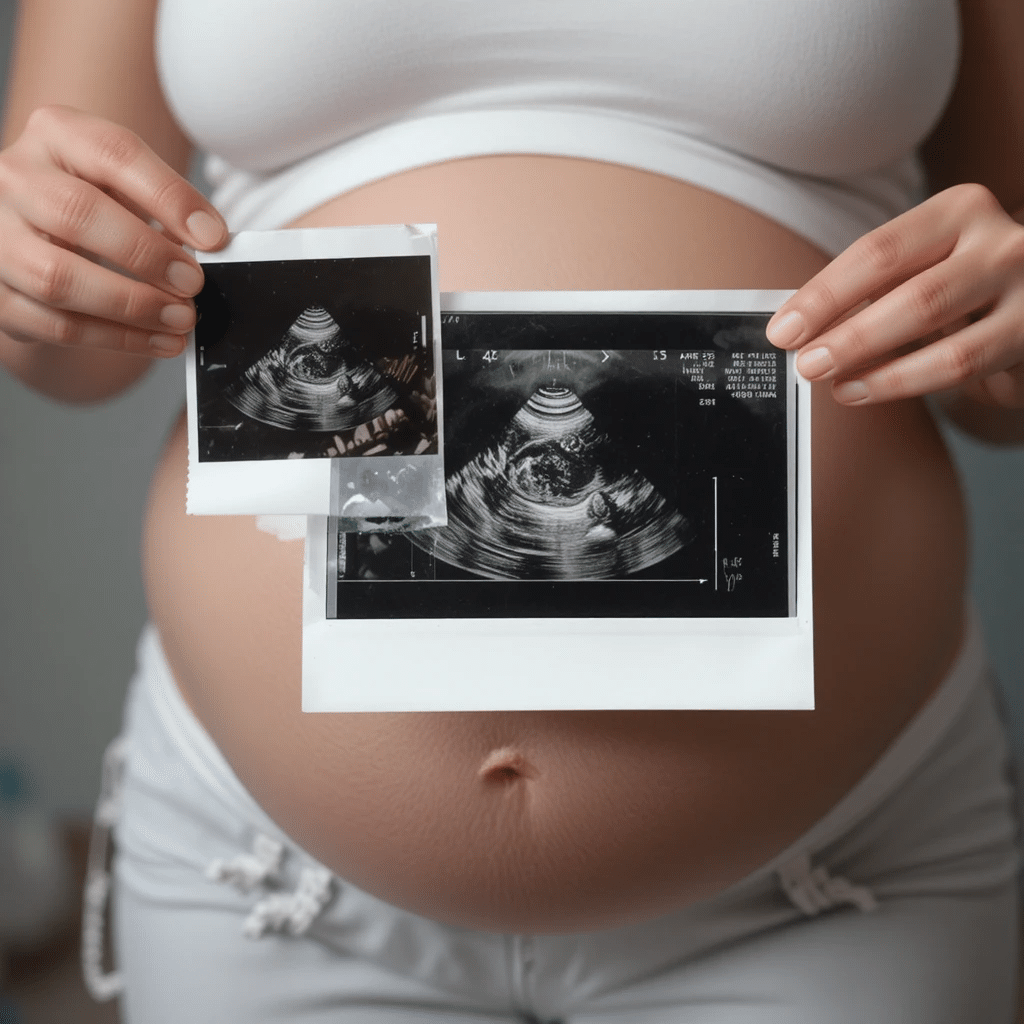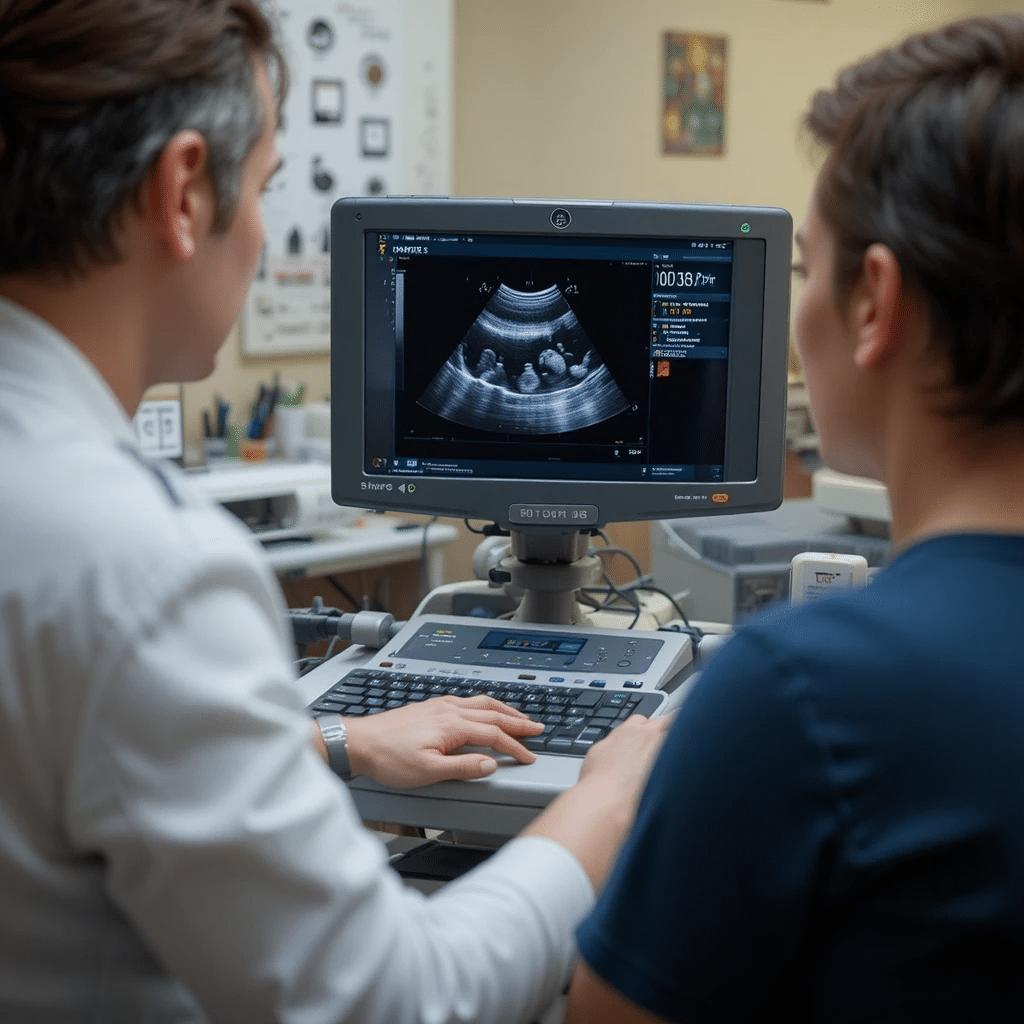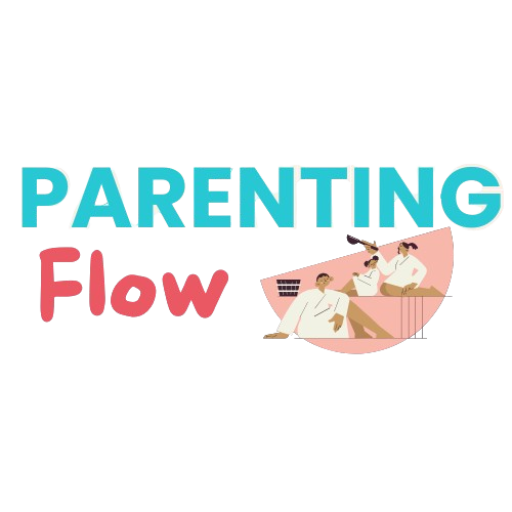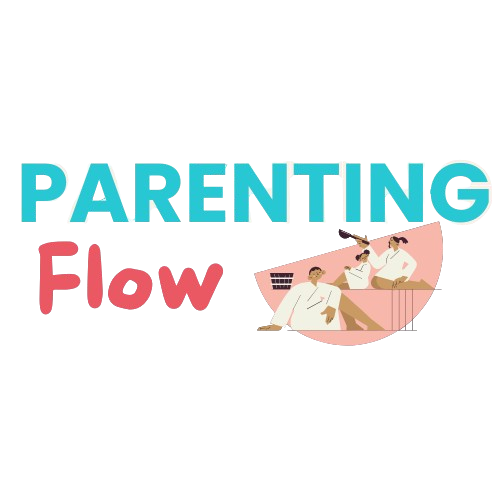Picture this: you’ve just seen those two pink lines, and suddenly you’re thrust into a world where your body becomes a mystery novel you’re desperately trying to decode. One minute you’re craving pickles at 2 AM, the next you’re crying at a commercial about puppies. Welcome to pregnancy – nature’s most beautiful rollercoaster ride.
I remember when my friend Sarah called me at midnight, panic-stricken because she couldn’t remember if heartburn was normal in the second trimester or if she should rush to the ER. The truth is, pregnancy is like navigating uncharted territory with a map that changes every week. That’s why I’ve put together this comprehensive guide to help you understand what’s happening in each trimester, so you can focus less on worrying and more on growing that tiny human.

Understanding Pregnancy Trimesters: The Big Picture
Think of pregnancy as a three-act play, each with its own unique storyline, challenges, and plot twists. Your pregnancy journey spans approximately 40 weeks, divided into three distinct trimesters. Each trimester brings different physical changes, emotional shifts, and developmental milestones for your baby.
The beauty of understanding these phases? You’ll know when that sudden aversion to your favorite coffee is totally normal (hello, first trimester) versus when you should pick up the phone and call your healthcare provider.
First Trimester: The Foundation Phase (Weeks 1-12)
When Do You Begin Showing During Pregnancy?
Here’s the million-dollar question every newly pregnant person asks: « When will I start showing? » The answer might surprise you. Most first-time moms don’t show until around 12-16 weeks, while those who’ve been pregnant before might pop earlier, around 10-12 weeks. Your baby bump timeline depends on several factors: your body type, muscle tone, and whether this is your first pregnancy.
Think of your uterus like a balloon that’s slowly inflating. In early pregnancy, it’s tucked safely behind your pubic bone, growing from the size of a pear to about the size of a grapefruit by week 12.
What Are the Earliest Signs of Pregnancy?
Those early pregnancy symptoms can feel like your body’s playing tricks on you. Here’s what you might experience:
Physical Changes:
- Missed period (the classic giveaway)
- Tender, swollen breasts that might feel like they’ve been hit by a truck
- Fatigue that makes you feel like you’ve run a marathon while sitting at your desk
- Nausea (the infamous morning sickness that laughs at time zones)
- Food aversions that turn your favorite pizza into public enemy number one
- Frequent urination that has you mapping every bathroom in town
Emotional Shifts: Your hormones are throwing their own little party, which means mood swings are completely normal. One moment you’re euphoric about your growing family, the next you’re sobbing because your partner ate the last yogurt.
How Long Does Morning Sickness Last?
Despite its misleading name, morning sickness can strike at any hour. For most women, nausea peaks around weeks 6-8 and typically improves by the end of the first trimester. However, about 10% of women experience nausea throughout their entire pregnancy.
Natural Remedies for Morning Sickness:
- Ginger (tea, candies, or supplements)
- Small, frequent meals instead of three large ones
- Keeping crackers by your bedside for those queasy wake-ups
- Vitamin B6 supplements (consult your doctor first)
When Should I Start Prenatal Vitamins?
Ideally, you should start taking prenatal vitamins before you even start trying to conceive. But if you’re reading this with a positive pregnancy test in hand, start them today. Folic acid is crucial in the first 28 days of pregnancy for preventing neural tube defects.
Key Nutrients in Prenatal Vitamins:
- Folic acid (400-800 mcg)
- Iron (27 mg)
- Calcium (1000 mg)
- DHA (200-300 mg)
- Vitamin D (600 IU)
First Trimester Checklist
| Week Range | Key Actions | Baby Development |
| Weeks 1-4 | Confirm pregnancy, start prenatal vitamins | Neural tube formation |
| Weeks 5-8 | First prenatal appointment, lifestyle adjustments | Heart begins beating, limb buds form |
| Weeks 9-12 | Genetic screening options, first ultrasound | All major organs present |
Second Trimester: The Golden Period (Weeks 13-26)
Welcome to what many consider the sweet spot of pregnancy. If the first trimester felt like surviving a storm, the second trimester is like stepping into sunshine. Your energy returns, morning sickness typically fades, and you might actually enjoy being pregnant.
Physical Changes in the Second Trimester
The Good News:
- Energy levels bounce back like a recharged phone battery
- Morning sickness usually waves goodbye
- Your skin might develop that famous « pregnancy glow »
- Hair often becomes thicker and shinier
New Developments:
- Your baby bump becomes unmistakably visible
- You might feel those first magical flutter kicks around weeks 18-20
- Braxton Hicks contractions might make their debut (practice rounds for the real deal)
When Do Pregnancy Cravings Usually Start?
Ah, pregnancy cravings – nature’s way of keeping life interesting. These typically peak during the second trimester, though they can start as early as the first trimester. While movies love to portray pregnant women craving pickles and ice cream, real cravings run the gamut from the bizarre to the brilliantly specific.
I had a friend who suddenly needed to eat ice – not flavored, just plain ice cubes. Another craved dirt (please don’t eat dirt; talk to your doctor if you crave non-food items, as this could indicate a nutritional deficiency).
Prenatal Testing and Screening

The second trimester brings several important screening opportunities:
Genetic Screening Options:
- Quad screen (blood test between weeks 15-20)
- Anatomy scan ultrasound (usually around week 20)
- Glucose screening (between weeks 24-28)
- These tests help identify potential issues early, giving you and your healthcare team time to prepare if needed.
Exercise During Pregnancy
Can you continue exercising while pregnant? Absolutely! In fact, regular exercise during pregnancy can help with energy levels, mood, and preparing your body for labor.
Safe Pregnancy Exercises:
- Walking (the goldilocks of pregnancy exercise – just right for almost everyone)
- Swimming (feels amazing on those achy joints)
- Prenatal yoga (helps with flexibility and stress management)
- Light strength training (with modifications)
Exercises to Avoid:
- Contact sports
- Activities with fall risks (skiing, horseback riding)
- Hot yoga or activities in extreme heat
- Lying flat on your back for extended periods (after the first trimester)
Third Trimester: The Home Stretch (Weeks 27-40)
The third trimester is like the final chapter of a good book – you’re eager to see how it ends, but part of you wants to savor every moment. Your body is working overtime, your baby is putting on weight, and you’re probably oscillating between excitement and « am I really ready for this? »
Physical Changes in the Third Trimester
Common Experiences:
- Increased fatigue (your body is working hard!)
- Shortness of breath as baby pushes against your diaphragm
- Heartburn that makes you question ever eating spicy food again
- Frequent urination returns with a vengeance
- Swelling in feet and ankles
- Difficulty sleeping (nature’s way of preparing you for newborn life?)
What Foods Should Be Avoided During Pregnancy?

Food safety becomes increasingly important as your pregnancy progresses. Here’s your avoid-at-all-costs list:
Foods to Skip:
- Raw or undercooked fish, meat, and eggs
- High-mercury fish (shark, swordfish, king mackerel)
- Unpasteurized dairy products and soft cheeses
- Raw sprouts
- Excessive caffeine (limit to 200mg daily)
- Alcohol (no amount is considered safe)
Smart Substitutions:
- Pasteurized soft cheeses instead of unpasteurized
- Cooked sushi instead of raw
- Herbal teas (pregnancy-safe varieties) instead of coffee
Signs of Labor: When Should You Head to the Hospital?
As you approach your due date, every twinge might have you wondering, « Is this it? » Here are the real signs that baby is ready to make their grand entrance:
True Labor Signs:
- Contractions that get stronger, longer, and closer together
- Your water breaks (this happens before labor starts for only about 10% of women)
- Bloody show (small amount of blood-tinged mucus)
- Lower back pain that doesn’t go away
- A feeling that baby has « dropped »
When to Call Your Healthcare Provider:
- Contractions are 5 minutes apart for one hour
- Your water breaks (regardless of contractions)
- Bleeding heavier than a period
- Severe headaches or vision changes
- Baby’s movements significantly decrease
Preparing for Labor and Delivery
Third Trimester Preparation Checklist:
- Pack your hospital bag (yes, do this by 36 weeks)
- Install the car seat (many fire stations offer free checks)
- Finalize your birth plan (but stay flexible)
- Take a childbirth class
- Arrange childcare for older children if applicable
Common Concerns Throughout Pregnancy
How Do I Calculate My Due Date?
Your due date is calculated from the first day of your last menstrual period, not from conception. Most pregnancies last about 280 days (40 weeks) from this date. However, only about 5% of babies arrive exactly on their due date – most arrive within two weeks before or after.
Due Date Calculation Methods:
- Naegele’s Rule: LMP + 280 days
- Ultrasound dating (more accurate in early pregnancy)
- Online pregnancy calculators
Managing Pregnancy Discomforts
| Symptom | Trimester | Natural Remedies |
| Morning sickness | 1st | Ginger, small meals, B6 |
| Heartburn | 2nd & 3rd | Small meals, avoid spicy foods, sleep propped up |
| Back pain | 2nd & 3rd | Prenatal yoga, proper posture, support belt |
| Swelling | 3rd | Elevate feet, reduce sodium, stay hydrated |
| Insomnia | All | Pregnancy pillow, relaxation techniques, consistent routine |
When to Call Your Healthcare Provider
Trust your instincts. If something feels off, don’t hesitate to call. Your healthcare team would rather answer a dozen « false alarm » calls than miss something important.
Red Flag Symptoms (Call Immediately):
- Severe abdominal pain
- Heavy bleeding
- Severe headaches with vision changes
- Signs of preterm labor before 37 weeks
- Decreased fetal movement after 28 weeks
- Persistent vomiting preventing you from keeping fluids down
Emotional and Mental Health During Pregnancy
Pregnancy isn’t just a physical journey – it’s an emotional marathon. It’s completely normal to feel excited one moment and terrified the next. About 10-20% of women experience depression during pregnancy, and up to 80% experience some level of anxiety.
Managing Pregnancy Anxiety
Healthy Coping Strategies:
- Talk to other parents (but remember, everyone’s experience is different)
- Practice mindfulness and relaxation techniques
- Stay active (with your doctor’s approval)
- Consider counseling or support groups
- Limit social media if pregnancy content increases anxiety
Preparing for Parenthood
Practical Preparation:
- Read parenting books (but don’t feel pressured to follow every piece of advice)
- Discuss parenting philosophy with your partner
- Consider taking infant CPR classes
- Think about work-life balance and childcare options
Your Support Network: Building Your Village
They say it takes a village to raise a child, but honestly, it takes a village to get through pregnancy too. Don’t be afraid to lean on your support system.
Building Your Support Network:
- Partner or spouse
- Family members
- Close friends
- Healthcare team (obstetrician, midwife, nurses)
- Childbirth class companions
- Online pregnancy communities (with healthy boundaries)
Looking Ahead: Postpartum Considerations
While you’re focused on pregnancy, it’s worth thinking about postpartum recovery. The fourth trimester (the first three months after birth) is a significant adjustment period.
Postpartum Topics to Research:
- Breastfeeding vs. bottle feeding
- Postpartum depression signs and resources
- Recovery timeline expectations
- Newborn care basics
- When to return to exercise and normal activities
Your Pregnancy Journey: Embrace the Unknown
Here’s the thing about pregnancy no two experiences are identical. Your journey might look completely different from your sister’s, your best friend’s, or that influencer you follow on social media. And that’s perfectly okay.
Some women feel amazing throughout their entire pregnancy, while others struggle with symptoms from day one. Some have textbook pregnancies, while others face unexpected complications. None of this reflects on your ability to be a great parent.
What matters most is that you’re informed, you trust your healthcare team, and you give yourself grace throughout this incredible transformation. Your body is literally growing a human being – that’s pretty amazing, even on the days when you feel anything but amazing.
Remember, pregnancy is temporary, but the strength you discover within yourself during these months? That’s permanent. You’ve got this, and soon you’ll be holding the tiny person you’ve spent months getting to know from the inside.
As you navigate each trimester, celebrate the small victories: making it through a day without morning sickness, feeling those first kicks, successfully putting on shoes despite not seeing your feet. These moments matter just as much as the big milestones.
Final Thoughts:
Your pregnancy journey is uniquely yours. Trust your body, trust your instincts, and don’t hesitate to advocate for yourself and your baby. Whether you sail through pregnancy or face challenges along the way, you’re already being an amazing parent by caring enough to educate yourself and prepare for what’s ahead.
Welcome to this incredible adventure. The next nine months might feel long some days and fly by others, but at the end of it all, you’ll have the greatest reward: your little one in your arms and the knowledge that you successfully navigated one of life’s most transformative experiences.






